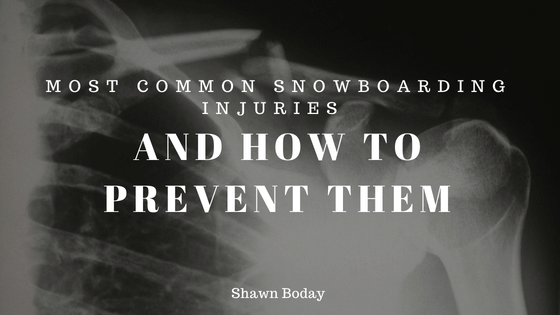The American Society of Orthopaedic Surgeons and other professional medical organizations established the Stop Sport Injuries group in order to heighten awareness of the injuries that are common while participating in sports. They also share recommendations to remain safe. There are a number of injuries that athletes incur while enjoying their time on the slopes.
• Anterior cruciate or collateral ligament injuries
• Head injuries
• Injuries involving the hand, thumb or wrist
• Leg and foot fractures
• Shoulder dislocations, fractures or separations
• Spinal injuries
Injury Prevention
Always wear a helmet, elbow and knee pads and wrist guards. Helmets have been shown to reduce head, face and neck injuries by 43 percent. Make sure that your equipment fits properly. Helmets, boots, bindings and other equipment should not be too loose or too tight. Resist the urge to ignore warning signs and venture to prohibited trails. Take breaks throughout the day and stay well-hydrated and nourished. The atmosphere in high-altitude locations raises the risk of becoming dehydrated. When you feel yourself getting tired, quit for the day. When fatigued, your mind and body cannot function properly and react to prevent a possible accident. Adhere to the National Ski Areas Association Responsibility Code.
The National Ski Areas Association Responsibility Code
The code basically requires that snowboarders and skiers use common sense and show respect for others while on the slopes.
• Stay in control and maintain the ability to stop before colliding with objects or people.
• Yield the right of way to people in front of you.
• Do not stop where you might obstruct a trail or where you may not be visible by others traveling down the slope.
• Be aware of others above you or when entering a trail in order to safely yield to others when needed.
• Wear equipment properly to prevent losing items that may cause an accident.
• Obey signs and stay off closed trails.
• Load, ride and unload lifts safely.

